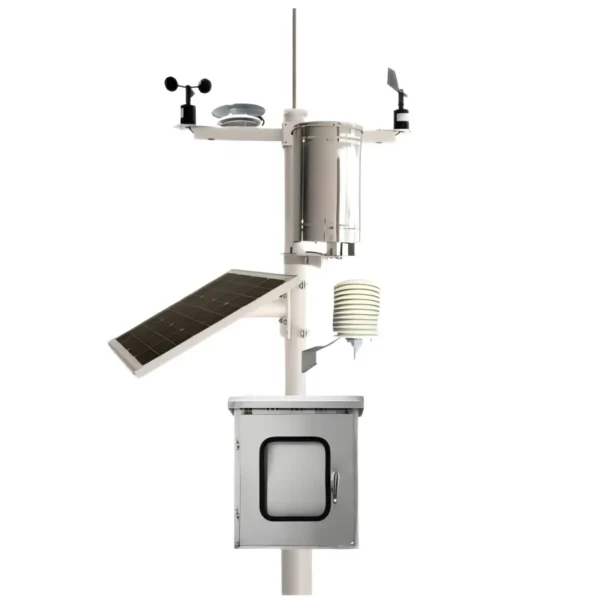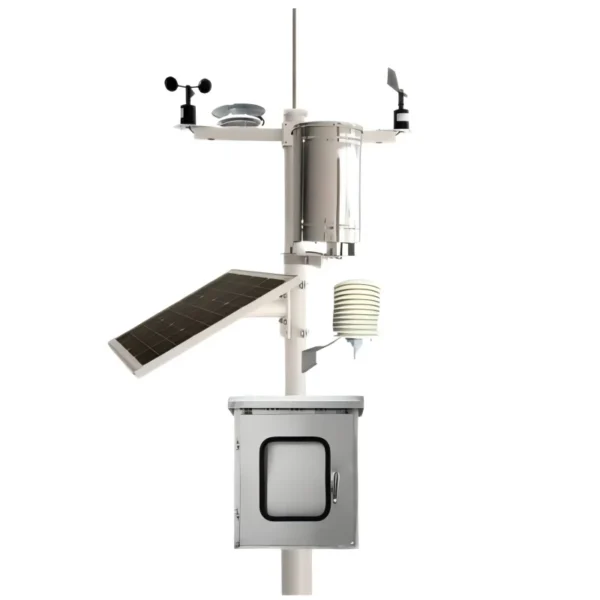
# Automatic Weather Station: Advancements and Applications in Modern Meteorology
## Introduction to Automatic Weather Stations
An Automatic Weather Station (AWS) is a sophisticated system designed to collect meteorological data without human intervention. These stations are equipped with various sensors that measure parameters such as temperature, humidity, wind speed, wind direction, rainfall, and atmospheric pressure. The data collected is then transmitted to a central database for analysis and dissemination.
## Technological Advancements in AWS
Over the years, AWS technology has seen significant advancements. Modern AWS units are now more compact, energy-efficient, and capable of operating in extreme weather conditions. The integration of IoT (Internet of Things) technology has enabled real-time data transmission and remote monitoring, making AWS more reliable and accessible.
### Enhanced Sensor Accuracy
One of the most notable advancements is the improvement in sensor accuracy. High-precision sensors now provide more reliable data, which is crucial for accurate weather forecasting and climate research. These sensors are also more durable, reducing the need for frequent maintenance and calibration.
### Data Transmission and Connectivity
The advent of wireless communication technologies has revolutionized data transmission in AWS. Modern stations use cellular networks, satellite links, and even low-power wide-area networks (LPWAN) to transmit data seamlessly. This ensures that meteorological data is available in real-time, even from remote locations.
## Applications of Automatic Weather Stations
AWS has a wide range of applications in various fields, from agriculture to aviation. Here are some of the key areas where AWS is making a significant impact:
### Agriculture
In agriculture, AWS provides critical data that helps farmers make informed decisions about irrigation, planting, and harvesting. By monitoring weather conditions, farmers can optimize their crop yields and reduce the risk of weather-related losses.
### Aviation
For the aviation industry, accurate weather data is essential for flight safety and efficiency. AWS installed at airports provide real-time weather updates, helping pilots and air traffic controllers make better decisions. This reduces the risk of weather-related incidents and improves overall flight operations.
### Disaster Management
AWS plays a crucial role in disaster management by providing early warnings for severe weather events such as hurricanes, tornadoes, and floods. Timely and accurate data can save lives and minimize property damage by enabling authorities to take proactive measures.
### Climate Research
Climate scientists rely on AWS data to study long-term weather patterns and climate change. The continuous and accurate data collected by AWS helps in understanding the complex dynamics of the Earth’s climate system, contributing to more accurate climate models and predictions.
## Conclusion
Automatic Weather Stations have become indispensable tools in modern meteorology. With continuous technological advancements, AWS is providing more accurate and reliable data, which is crucial for various applications. From agriculture to disaster management, the impact of AWS is far-reaching, making it a vital component in our efforts to understand and adapt to the ever-changing weather and climate.
Keyword: automatic weather station

